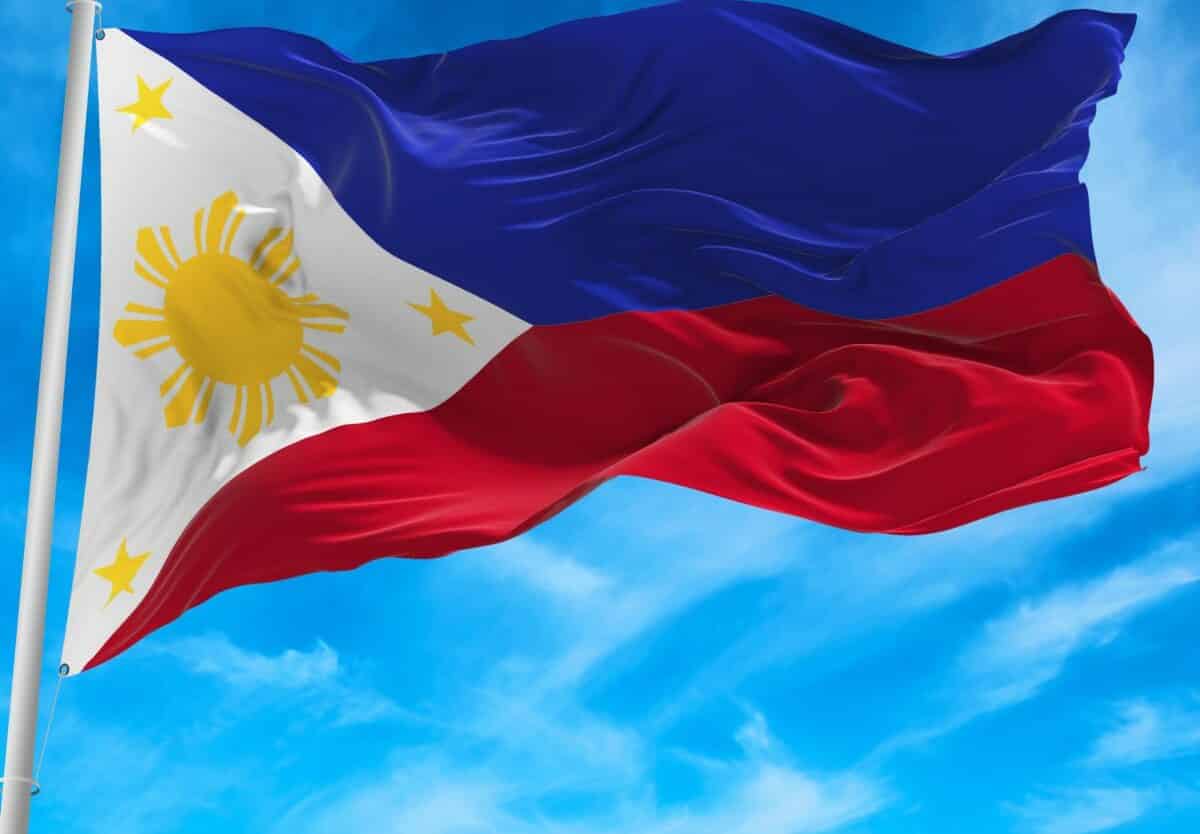The Flag Philippines People have flown since 1897
The Proud Symbol of Unity and Identity: Exploring the Philippines Flag
Flags hold immense significance as they represent a nation’s identity, history, and aspirations. Among these proud emblems, the flag of the Philippines stands tall, captivating hearts with its vibrant colors and powerful symbolism. In this blog post, we will delve into the captivating story of the Philippines flag, exploring its design, historical context, and the values it represents.

Flag of the Philippines: Colors, Meaning and History
The evolution of the flag Philippine people stand under changed because of the societies that were kept secret during the Spanish Colonization who also used flags to symbolize their revolution. The revolutionary flags were red and symbols of the sun were easily seen on them. When the year 1897 came, the flag had a new design which was conceptualized by Emilio Aguinaldo which is still the flag being used by the Philippines today.
On May 28, 1898, during the Philippine Revolution, Aguinaldo unveiled the flag for the first time in his home province of Cavite. This historic moment marked the birth of a new nation and inspired Filipinos to fight for their independence.
The official Philippine Flag’s length is 2 times than of its width. The 2 bands on the Philippine Flag are equal in size, the one on top is blue and the one at the bottom is red. On the left side of the flag is an equilateral triangle with a star near each corner and a symbol of sun in the centre of the triangle.
The meaning of the symbols on the Philippine flag
The blue part of the Philippine flag stands for peace, truth, and justice while the red part symbolizes patriotism and valour. The white part stands for equality and fraternity. This was also used to symbolize Katipunan which was a secret society which stood against the ruling of the Spaniards. The three stars that are close to the corners of the triangle represent the major group of islands in the Philippines. They are Luzon, Visayas, and Mindanao. The sun that is in the centre of the triangle stands for democracy, unity, freedom, and the sovereignty of the people. The rays of the sun are 8 and each one is a representation of the first 8 provinces that first took part in the revolution against the Spaniards in the year 1896. They were Cavite, Manila, Pampanga, Laguna, Tarlac, Nueva Ecija, Batangas, and Laguna.

How the flag is supposed to be placed
The flag needs to be placed in a certain way because it will have a different meaning. The explanation you will read here is based from the view of the observer. When the flag is in a horizontal position, the blue stripe should be on top of the red and the white triangle needs to be at the left end. If vertically placed, the blue stripe needs to be on the left side and the white triangle has to be on top. This is how it should normally be placed, but in times of war, the placing of the flag will change. The red stripe will be on top of the blue, but the white triangle will remain in its usual position.
The Philippine flag is the perfect representation of how Filipinos fought their way to freedom during the Spanish colonization. Whenever a Filipino sees the Philippine flag, they look up and commemorate the bravery of the people who created a revolution because they no longer wanted to be under the dictation of the Spanish which lasted for 333 years. Even if the influence of the Spanish is still evident in the Philippines up to this day, the history of why it happened cannot easily be forgotten.
The Flag Philippine people have proudly flown since 1897: Conclusion
The flag of the Philippines is more than just a piece of cloth; it is a powerful symbol of national pride, unity, and aspiration. It represents the struggles, sacrifices, and triumphs of the Filipino people throughout history. As it waves in the breeze, it serves as a constant reminder of the values that define the nation—peace, justice, patriotism, equality, liberty, and fraternity. The Philippines flag stands tall, inspiring generations to come together, celebrate their diversity, and work towards a brighter future for their beloved nation.
So there you have it. You will probably never view the Philippines flag in the same light again.

Would you like to find Cheap Business Class Flights? – Here are 5 things you can do
Check out our 5 top beaches in the Philippines
Our Absolute Best Free Places to Visit in New York That are FREE!
Exploring the Wonders of Australia – A Traveler’s Paradise – 7 of Our All Time Favourites
Backpacking in Australia – An Absolute Must for the Young and Carefree
Our Top 5 Things to do in Majorca Away From the Sand
The Flag Philippine people have proudly flown since 1897 – by Ysabel Carballo
The Flag Philippine people have proudly flown since 1897 Cover Image courtesy: nationaltoday
This concludes our article on the Flag Philippines have proudly flown since 1897. We hope you find this information useful. If you are looking for a specific piece of information, please do comment below as we may have just forgotten to mention it.
Was our post on ‘The Flag Philippine people have proudly flown since 1897’ helpful to you?
Let us know your thoughts in the comments below..







